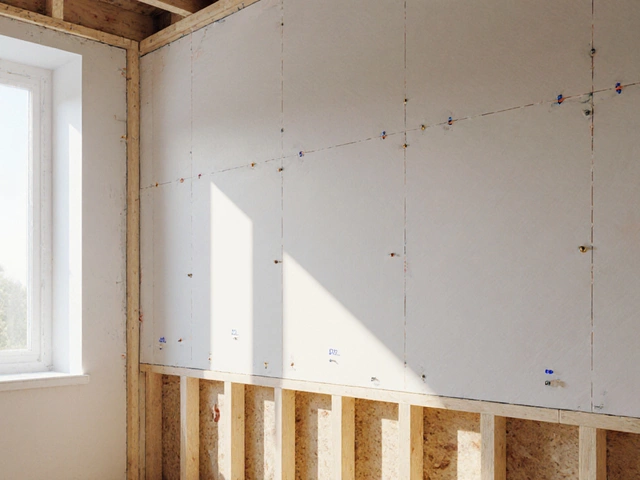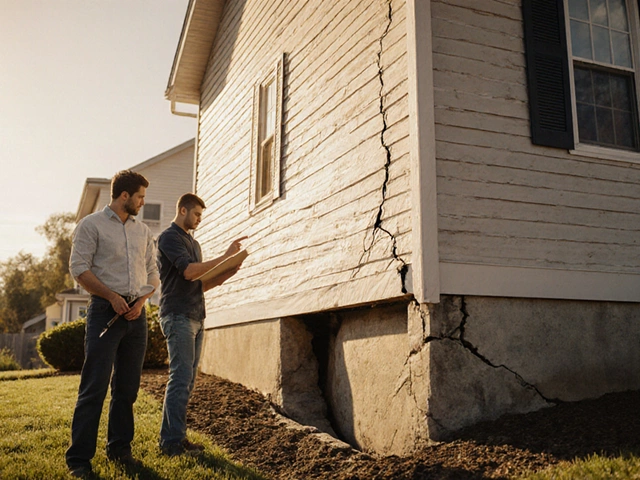Construction Contractor Tips: Real‑World Advice You Can Use Today
If you’re a contractor, a DIY homeowner, or just curious about how a build stays solid, you’ve come to the right spot. Below you’ll find straight‑to‑the‑point tips that cut through the jargon and help you finish projects on time, on budget, and without nasty surprises.
Top Tips Every Contractor Should Know
First off, always start with a solid foundation. That means checking soil type, grading the site and making sure drainage works before you even pour concrete. A cheap shortcut here can cost thousands later when cracks appear. Use a simple moisture test – stick a screwdriver into the ground and see how easily it drops. If it’s soggy, add a French drain or re‑grade the slope.
Second, keep your material list tight. Local limestone, like the kind we supply at Lime Hillock, offers consistent strength and saves on transport fees. When you order, ask for a supplier who can deliver cut‑to‑size blocks; this reduces on‑site waste and speeds up laying work.
Third, nail down a clear communication plan with the client. A quick weekly email that lists completed tasks, upcoming milestones and any change orders prevents misunderstandings. If a client asks for a design tweak, write it down, price it, and get a signed approval before you move forward.
Common Challenges and Quick Fixes
Cracked foundations are scarier than they look. If you spot a hairline crack, seal it with epoxy within 48 hours to stop water infiltration. Larger movement cracks usually need a professional to install steel piers or underpinning – DIY won’t cut it there.
Roofing can be a money‑sink if you don’t plan. Ask your roofer for a per‑square price breakdown and compare materials. Metal panels cost more upfront but last longer than asphalt shingles, which may lower your long‑term maintenance budget.
When it comes to new‑build interiors, a dry‑fit kitchen saves headaches. Lay out cabinets, appliances and plumbing rough‑ins before you finalize finishes. This way you spot conflicts early and avoid costly re‑work after walls are up.
Lastly, don’t forget to schedule regular site inspections. A quick walk‑through every two weeks catches small issues – like loose drywall screws or uneven flooring – before they become major repair jobs.
Putting these tips into practice means fewer surprise costs, smoother timelines, and happier clients. Whether you’re hammering a new home, repairing an old foundation, or just curious about the building process, keep this checklist handy and watch your projects run like a well‑oiled machine.
Best Contractor in USA: Who Tops the List for Construction Companies?

If you’re hunting for the best contractor in the USA, you know how dizzying all those big names and promises can be. This article cuts through the noise, breaking down what really matters when choosing a top construction company. From safety records to customer service, find out which contractor stands out. You'll pick up practical tips for spotting true quality and walk away ready to start your next project with confidence. Real experiences and details, not just corporate slogans.
read more



